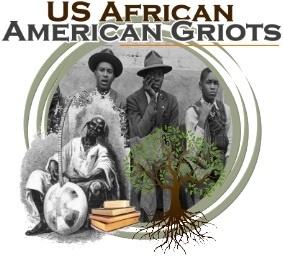 |
Telling Our Story One Page at a Time "I prayed for freedom for 20 years, but received no answer until I prayed with my legs." Frederick Douglass |
 |
| Home | Obituaries |
Cemeteries |
Census |
Family Records News Clippings |
Military | Probate Records | Photos | Vital Records | Slavery | Contact AAG |
The book "The African American Griot" is not affiliated with the African American Griots, US African American Griots or the USGenWeb Special Project |
||||||||||
|
Vado Cemetery of Dona Ana County, New Mexico The photo below is of a burial site in Dona Ana County. It is not known how many graves have been plowed under. Marcena net met with John Holguin in Vado and walked to the little cemetery in August of 2005. The remainder of the cemetery is gone. The cemetery is off NM 227 just after the canal and just before getting to Holguin Road in the middle of a farm field on your left. Vado, Spanish for "ford," has an unusually diverse past. It was first platted in Doña Ana County in 1928, though it existed as a community decades before that. Mexicans lived in the area before the Gadsden Purchase in 1854, according to a history written by Isaiah Montoya, a chronicler of the town. Following the Civil War, black settlers moved to the site. A family named Herron began a broom factory, and in 1886, the town came to be known as Herron. Quakers migrated to the area in 1888 from Ohio and Illinois, and the community's name changed until 1912 to Earlham. After that, the town was renamed again, this time to Center Valley. A black couple, Frances and Ella Boyer, from near Roswell moved to Vado in 1920, helping to establish it as a predominantly African American settlement.
Photographed by Marcena Thompson |

